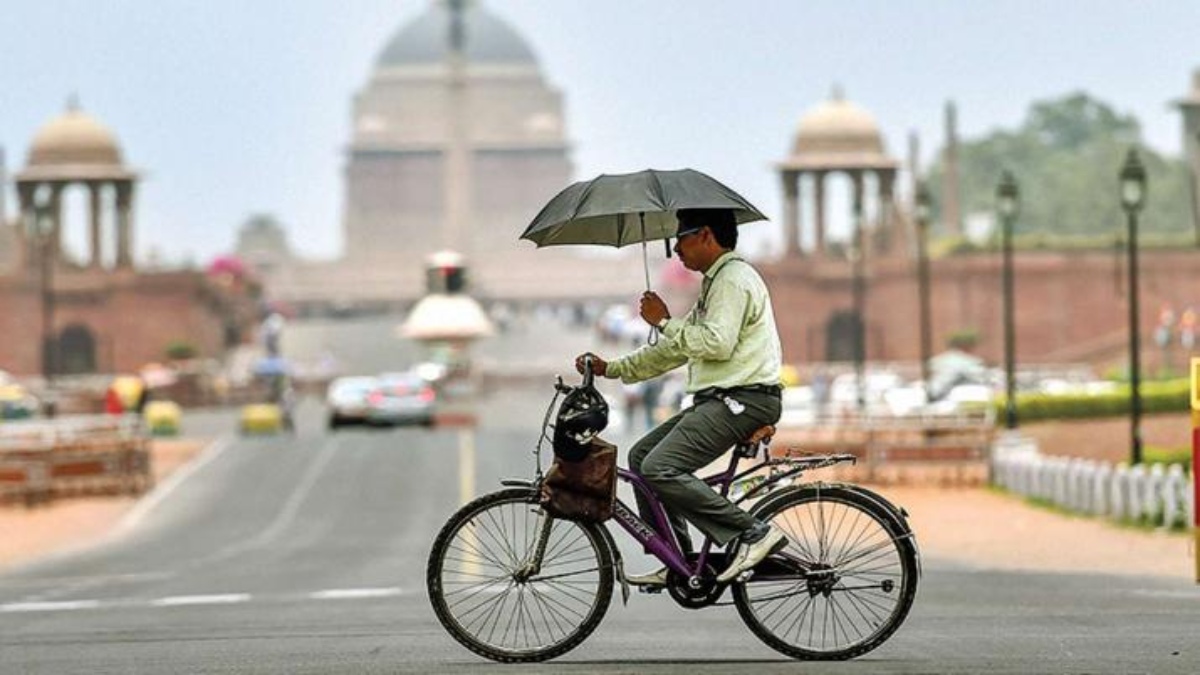


The United Nation’s Inter-governmental Panel on Climate Change (IPCC), of which India is one of the 195 members, in its sixth assessment report on Monday, said that the world is warming faster than expected. Global heating is on track to hit 1.5 degrees Celsius around 2030, a decade earlier than projected in 2018, the report said. Also, it said that India would see more intense heat waves, droughts and cyclonic activities over the next few decades.
The first part of its Sixth Assessment Report (AR6) titled ‘Climate Change 2021: the Physical Science Basis’, which has been finalised by scientists in collaboration with 195 governments, was released on Monday.
Regarding the Indian subcontinent, the report said, “The observed mean surface temperature increase has clearly emerged out of the range of internal variability compared to 1850-1900. Heat extremes have increased while cold extremes have decreased, and these trends will continue over the coming decades.”
With the warning that a 1.5 degree warming was likely before 2040, the IPCC report made a strong case for immediate cuts on global greenhouse gas emissions. More than 100 countries have already announced their intentions to achieve net-zero emissions by the middle of the century. These include major emitters like the United States, China and the European Union. India, the third largest emitter in the world, has been holding out, arguing that it was already doing much more than it was required to do. The IPCC report said that a global net-zero by 2050 was the minimum required to keep the temperature rise to 1.5 degree Celsius.
The IPCC report stated that the South and Southeast Asian monsoon has weakened in the second half of the 20th century mainly due to the increase in aerosols and particulate matter due to human activity. The dry-north and wet-south pattern of East Asian summer monsoon precipitation changes are results of the combined effects of greenhouse gases and aerosols, it said. It also stated that South and Southeast Asian monsoon and East Asian summer monsoon precipitation will be dominated by the effects of internal variability in the short term and precipitation will increase in the long term. Agricultural and ecological droughts are also expected to increase in the subcontinent, it added.
According to report, sea levels are rising faster. Average rate between 1901 and 1971 was 1.3 mm/year; this more than doubled to 3.7 mm/year between 2006 and 2018. Global mean sea level increased by 0.20 (0.15 to 0.25) m between 1901 and 2018.
Dr Friederike Otto, who is the Associate Director of the Environment Change Institute, University of Oxford and one of the authors of the report, said, “The key finding of the report is that climate change is a fact, global warming is a fact and that the warming has taken places because of human influence is now well established. We have seen rapid changes across the world, with heat waves, heavy rainfall events droughts and compound events — or a mix of hot, dry and windy — preconditions for forest fires. We see this in every region of the planet. There is no going back from some of these changes. Even if we limit temperatures to 1.5 degrees Celsius from pre-industrial levels, we will continue to see extreme weather events.”
Dr Otto added that some changes are locked in, such as rising sea levels and melting glaciers, which can now no longer be reversed. “For India, increase in heatwaves is marked by other emissions like aerosol emissions. If there is a reduction in aerosols, we will see a further increase in heat waves,” she said.
Dr Swapna Panickal, another author of the report, said that India will experience an intensification of the water cycle which will affect rainfall patterns as well as increased monsoon precipitation. Climate change is intensifying the water cycle, which brings more intense rainfall and associated flooding, as well as more intense drought in many regions, the report stated. It is also affecting rainfall patterns. In high latitudes, precipitation is likely to increase, while it is projected to decrease over large parts of the subtropics, the report stated.
WITH AGENCY INPUTS